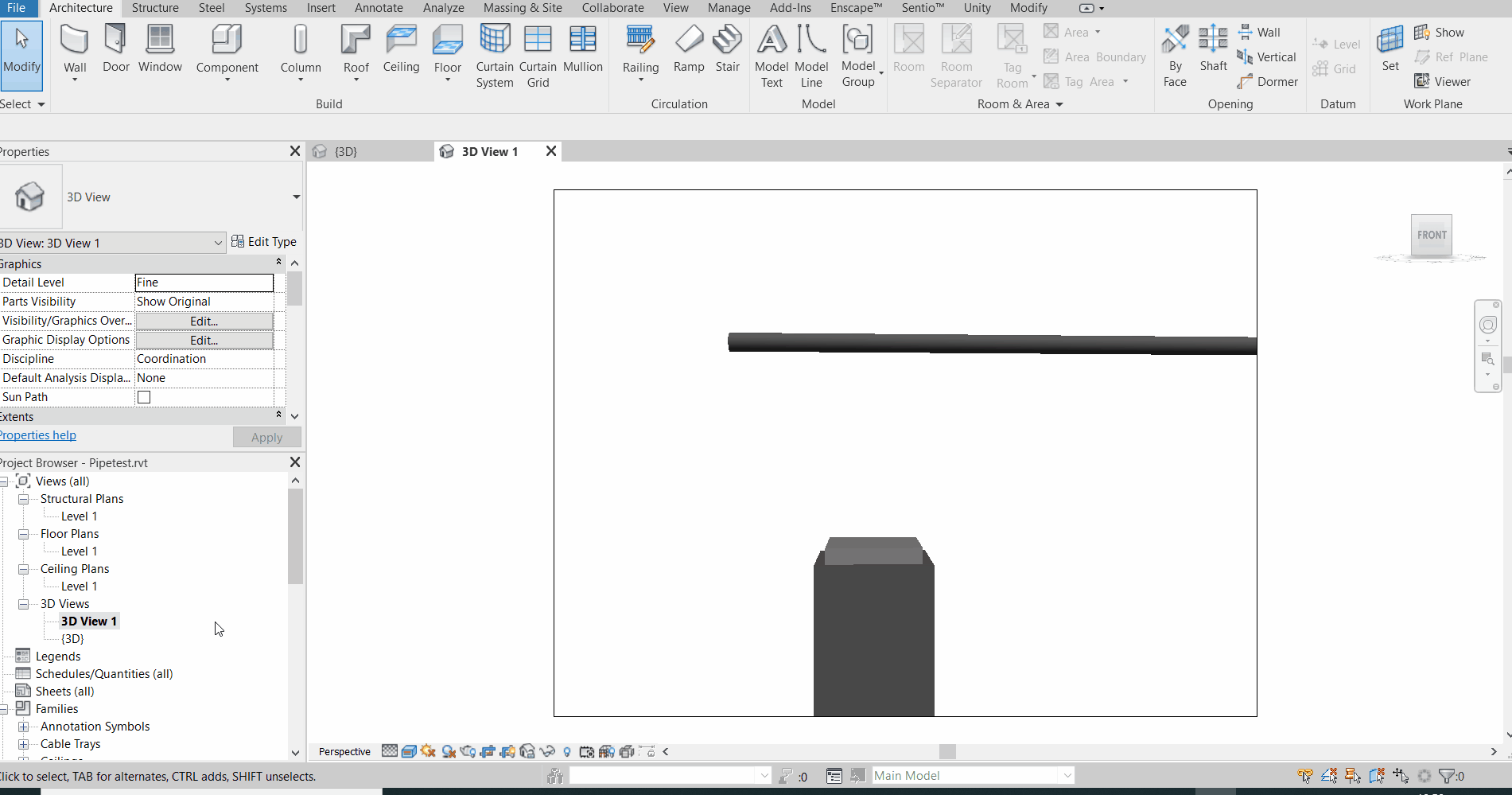Handling Large Models On Oculus Quest/Quest2
Can the Quest handle my large models?
The Quest is mobile and therefore doesn’t have the same processing power as a desktop VR setup, therefore it’s better for smaller, more optimized Revit, SketchUp, and other 3D files. A lot of factors affect file size, including textures, the scale of your model, complex geometry, and the way your file is set up.
Guide to Optimize Heavy SketchUp Model:
Reducing the number of Groups and Components in your model will improve performance. Objects which have a high number of polygons usually cause the slow and poor optimization of your model. Such objects can be tress, leaves, plants, and mostly the decorative items you use while creating your designs.
We suggest eliminating such items from your model for better performance.
Useful Optimizing Tools:
• PIXYZ-Studio:
A desktop app that allows to reduce, tessellate, and optimize CAD data.
• Skimp for SketchUp:
A great plugin to quickly reduce the complexity of models in SketchUp.
• Simplygon:
A free, cloud-based solution that allows for more advanced operations like re-meshing,
aggregation, reduction, view-based culling, and texture baking.
In addition, many optimization tools are available.
Guide to Optimize Heavy Revit Model:
We recommend some hacks when it is not possible to upload your Revit model to SENTIO VR. If your model upload is taking a long time or fails the optimization process, it occurs most likely due to the high number of polygons in your model. We suggest some ways to optimize your model here:
A) DELETE HIDDEN SURFACES
B) DELETE OBJECTS
Eliminate objects that are not relevant, cars, flowers, furniture, etc. since these have many polygons and that makes the model takes a long time to optimize.
C) USE SURFACE SMOOTHENING
An option to reduce some polygons of surfaces, is using the Surface Smoothing slider lets you define how detailed curvy surfaces should be, if there are many points on the surfaces, the process of optimization and processing will be very slow. We recommend leaving surfaces as smooth as possible.
Tutorial for Surface Smoothing
D) UPLOAD A SECTION OF YOUR REVIT MODEL
You can upload only a section of your Revit model to view in VR. This is really helpful in cases where the original model is big & the VR presentation is for a particular section only. Here are the steps involved:
-
Create a new view or duplicate the existing view & name it Sentio
-
Check Section Box option in Properties
-
Set the dimensions of the Section Box you want to upload
-
Select the Views & click on Upload
This will upload only the Section Box & not the entire model making the process faster & load heavy models without having to make changes.

Updated 11 months ago
